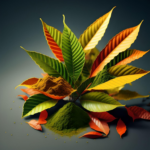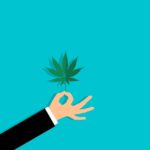WHAT THE GOVERNMENT & BIG PHARMA DON’T WANT YOU TO KNOW
How History Turned On Cannabis
Throughout the 1700-1800s, cannabis was used as primary source for our livelihood. That all changed in the early 1900s. What happened?
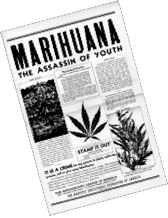
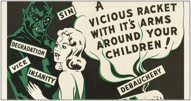

1930
The Federal Bureau of Narcotics (FBN) is created with Harry Anslinger as its commissioner. Anslinger, who had direct ties with the petro-chemical industry, launched a 5 year crusade to destroy cannabis
1946
Anti cannabis campaigns are launched across newspapers and other media. Reefer Madness was released that described cannabis smokers as rapists, addicts, and monsters.
1937
President Franklin Roosevelt signed the Marihuana Tax Act, which essentially bankrupted the cannabis and hemp industry. It is important to note that many farmers and honest Americans were still making a living with hemp at this time.
1942
During World War 2, the government changed its stance and encouraged farmers to grow hemp to support the war effort. They even created a promotional video called Hemp For Victory, where it heralds “American hemp will go on duty again”. Oddly enough, the government ended its support for hemp as soon as the war ended.
1970
As the last nail in the coffin, President Richard Nixon declared “War on Drugs” and signed into law the Controlled Substances Act. This act categorized cannabis as a Schedule 1 drug, which meant it was as dangerous as heroin and had no medical applications.
The Impact
Of Cannabis Prohibition
Even with many states legalizing medical and recreational cannabis, there are still more arrests for cannabis possession every year than for all violent crimes combined. A lot of these arrests are based on racial prejudice and politics. Sadly, these arrests can ruin the future of young Americans, while also costing our taxpayers a fortune to enforce the law. Here is just a glimpse of the impact that cannabis prohibition has on our society:

700,993
Arrested in 2014 for cannabis. That’s 1 arrest every 45 seconds.

$3,000,000,000
Taxpayer money spent to enforce cannabis prohibition.
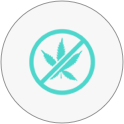
45%
Of all drug arrests in 2014 were related to cannabis
The Hypocrisy Of The US Government
In 1971, the US government categorized Cannabis as a Schedule 1 Drug. This categorization states that Cannabis has high potential for abuse, has no medical use in the US, and that the drug is not safe.
Yet… the US Government holds a patent for cannabis’ medical benefits.
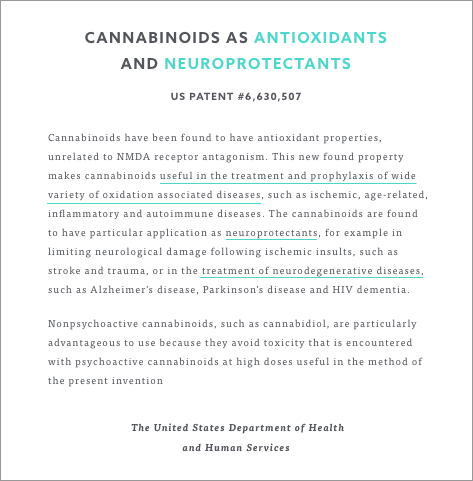
Did You Know The Government Legalized Synthetic Cannabis In 1985?
After claiming that Cannabis has no medical use and categorizing it as a dangerous Schedule I drug, our government approved a synthetic form of THC, called Marinol, as a legal drug to aid cancer patients.
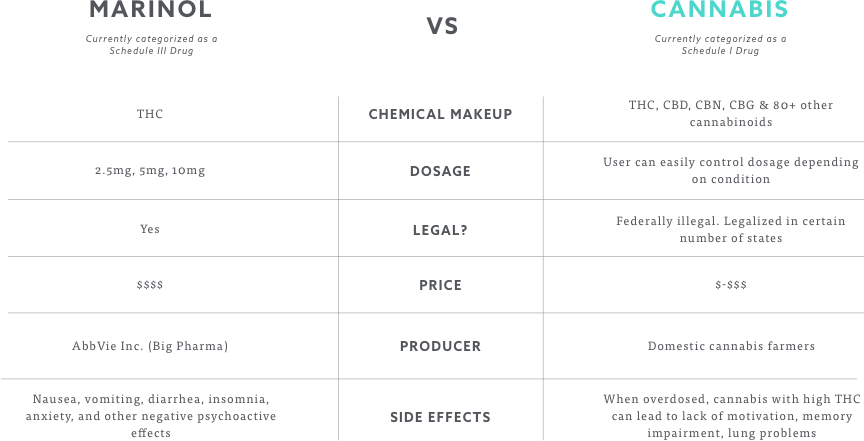
While cannabis has been prohibited since the 1970s, Marinol brought in more than $100 million in annual sales for the pharmaceutical industry
So… Is Cannabis Actually Dangerous?
There’s two types of cannabis: psychoactive & non-psychoactive strains. Let’s break them down separately:
1. Psychoactive Cannabis (Marijuana)
Studies have shown that psychoactive cannabis is far less harmful than other legal drugs, such as alcohol and tobacco.
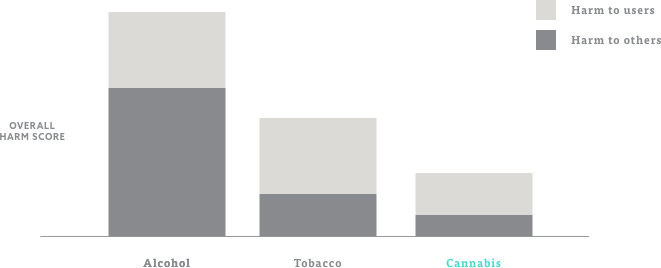
2. Non-Psychoactive Cannabis (Hemp)
Hemp is known to have 25,000+ different applications that are healthy and sustainable. Here’s just a few that are making a comeback:

1. CBD Hemp Extract
CBD, which can be derived from both psychoactive and non-psychoactive cannabis, is becoming the fastest growing application of hemp, as it holds promising medical potential. Research has shown that CBD can help with epilepsy, chronic pain, inflammation, and even cancer.

2. Hemp Foods
Hemp seeds are considered superfoods, as they are packed with nutrition. Athletes and health-conscious consumers all over the world are starting to add hemp seeds into their daily diet.

3. Hemp Body Care
Hemp oil contains superior ratio of essential fatty acids, skin friendly vitamins, and key amino acids. This combination makes hemp oil a superior ingredient for a variety of body care products.

4. Hemp Clothing
Hemp fabric has proved to be more durable and more sustainable than cotton. Many eco-friendly brands have started to add hemp apparel into their product lineup.
Why Is Cannabis Still Illegal?
Comparison of lobbying money shows big gap in why cannabis has made such little progress in our government
It’s All Politics
Major anti-cannabis unions and interests are outspending pro-cannabis groups by at least 30-40X annually.
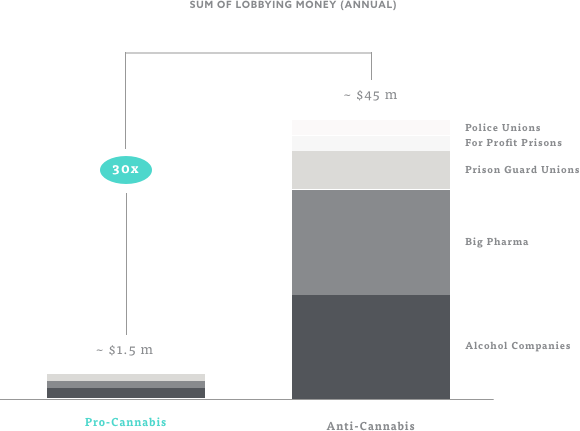
Cannabis Is A Legitimate Solution To Synthetic Drugs
Research indicates that the cannabinoids found in cannabis have huge medical potential. Here’s just a few conditions that cannabis has been found to help:
1. Anxiety
CBD was found to reduce anxiety & cognitive impairment
2. Depression
CBD has promising results to become a novel fast antidepressant drug
3. Epilepsy
Cannabinoids are proving to be therapeutic candidates for a diverse range of human epilepsies
4. Arthritis
Cannabidiol treatment effectively blocked progression of arthritis
5. Diabetes
Clinical trial shows CBD treatment significantly reduces the incidence of diabetes
6. Smoking
Reduced the number of cigarettes smoked by ~40% during treatment


